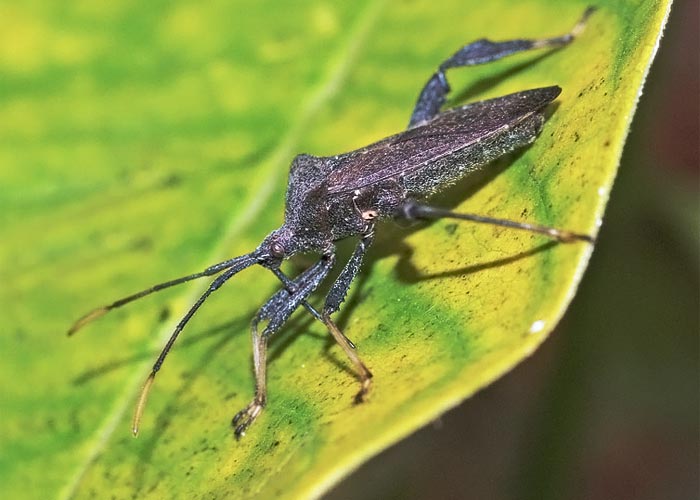
The BugLady can say with certainty that the prickly-looking nymph in the out-of-focus picture is a HSB nymph, because the third segment of its antenna is widened. Wild foods include grasses, sumac, composites, mints, and some young trees. They can be hard on your roses, feeding for a long time without moving and so causing deformed flowers and limp leaves. HSBs are plant feeders, piercing and sucking both cultivated and wild plants. HSBs hang out in fields, prairies, hillsides, road edges, thickets, and wooded or shrubby edges in the eastern half of the U.S. Galeator is Latin for “wearing a helmet,” but the BugLady isn’t sure why this species looks any more helmeted than other Coreids, unless “helmeted” refers to the hunch-backed/hidden head look. The scent makes no difference to birds, most of which have no sense of smell.Īfter some pretty intense picture-keying, resulting in one complete identificational 180 degree turn, here is an alphabet soup of L-fBs-HSBs, ATs, WCSBs, and F-lFs, three leaf-footed bugs and a predator from Southeastern Wisconsin.īachelor #1 is (the BugLady hopes) Euthochtha galeator, the Helmeted Squash Bug (HSB). If the pores stayed on the bug’s back, they would be covered by its adult wings. As the nymphs, which are wingless, mature, the location of the pores shifts from the dorsal (top) side of the abdomen to the lower thorax. The bug can let fly through the left or right pore or through both pores simultaneously. The odor is described as “foul,” “sharp,” and “strongly odorous.” Eisner, in Secret Weapons, writes that special valves control the emissions (coarse droplets) through the pores, and that the cuticle around each pore is roughened to ensure that when droplets are released, they will coat the sides of the insect, too, giving long-lasting protection. The gland opens into a pore on each side of the thorax, near the base of the third pair of legs. L-fBs are good-if noisy-flyers.Ĭoreids, both young (nymphs) and old (adults), come armed with a defensive scent gland in their thorax. Several wasps are parasites on L-fB eggs, and a tachinid fly that lays its eggs on adult Hemipterans is considered a biological control.

Most are herbivores, using their impressive mouthparts to pierce plant parts and suck out the juices. L-fBs have a lot of parallel veins on the membranous part of the front wing. The males of some species of L-fBs are armed with massive, spiked (often battle-scarred) thighs ( femurs) that they whack each other with when in combat over females. The BugLady got curious about the word “flange” and discovered that it has its origins in heraldic imagery, probably deriving from a “flinch,” which is a curving figure borne on a heraldic shield or coat of arms. They are darkish, mid-to-large sized bugs (¾” to 1”), and many (but not all) have what is described as a leaf-shaped “flange” on the lower part of the back leg ( tibia). Leaf-footed Bugs (L-fBs) and Squash bugs are in the bug family Coreidae.


 0 kommentar(er)
0 kommentar(er)
